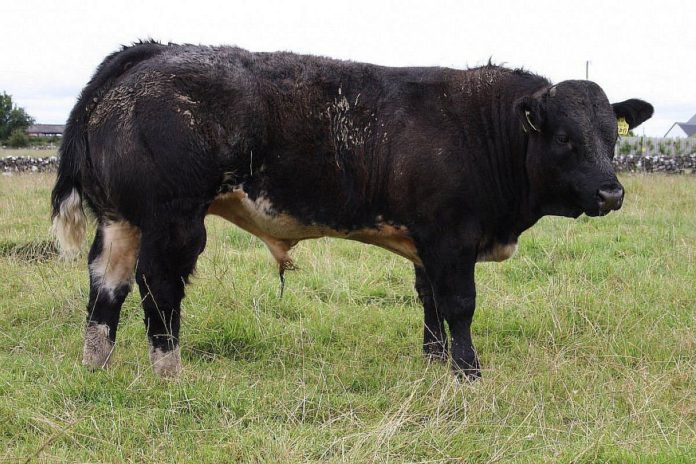Some producers finishing spring-born bulls are currently moving them onto an ad-lib concentrate diet for the final 100-120 days before slaughter, writes Nigel Gould, of College of Agriculture, Food and Rural Enterprise (CAFRE).
Continental bred bulls are generally changed when they are 200-250 kg off final finished live weight. This reduces to 150-200 kg for traditional-bred bulls.
When offering ad-lib concentrates, it is very important to gradually increase the level for up to three weeks at the start of the finishing period. This gives the rumen time to adapt to the new diet and limits the risk of acidosis and laminitis.
Finishing spring-born bulls – a feeding regime
Split feeding between morning and evening will also help the adaption period.
A good source of forage fibre, such as straw or hay, is also advised to maintain a healthy rumen. A constant supply of fresh, clean water is key in maximising feed intake, which in turn will drive weight gain.
A rule of thumb is that a bull requires six litres of water for every kilogram of ration consumed. A bull on an ad-lib concentrate diet will typically consume 10-12 kg of concentrate per day.
Ingredients
Ensure high-quality ingredients such as barley and maize are the main components in the concentrate and that crude protein is in the range of 12-14%.
To meet target fat scores, a high energy content of 12.5-13 MJ/kg dry matter and a starch content of 35-40% is required in the final finishing ration.
It is important to speak to your processor before deciding to finish males as young bulls. This is to ensure there is a market for your produce and specifications are agreed.
Generally, processors prefer carcasses around 380 kg and a fat score of three. Penalties may apply outside the limits agreed between you and your processor.
Break-even prices
Last year, Teagasc released a series of beef budgets for various beef production systems, including bull beef.
The state agency has examined the cost of production and break-even price per kg required by 6-month finishing and 8-month finishing bull beef systems – see more here.





